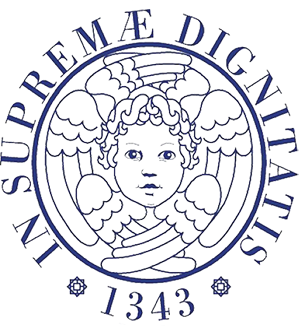Definition:
it consists in the positioning of a device that performs the function of controlling urinary continence where the urethral sphincter is no longer able to provide it. This device, called an artificial sphincter, consists of a cuff, a pump, which contains the pump itself, the valve and the resistance, and of a tank.
Indications:
the use of artificial sphincter is indicated in incontinent patients due to problems of sphincter deficiency, with stable bladder, but who keep the ability to urinate (in case they should resort to an intermittent catheterization, the creation of adequate urethral resistance may suffice, for example with a sling) and no alterations in the upper urinary tract that could worsen when an “artificial” continence is restored. The patients must accept the possibility that a mechanical rupture of the device will necessitate the revision with a new surgical operation. Normally the artificial sphincter is used only when sling procedures can not solve the problem and the patient is strongly motivated to solve his condition.
Description of the technique:
in the woman the cuff should be placed around the bladder neck: this should be isolated proceeding to a suprapubic incision, to the preventive opening of the bilateral pelvic area and in some cases (especially in the reintervents) performing a cystotomy that allows an easier identification of the neck itself and of ureteral meatus. However, the greatest difficulty lies in the exact identification of the posterior plane to the bladder neck and to the anatomically virtual urethra. Once a suitably long cuff has been placed, it is connected to the tube that, going back into the prepubic space, reaches the pump inserted in one large lip through a subcutaneous tunneling; another tube connects the pump with the tank, which is housed inside the abdomen or in the paravesical space.
The tissues are widely and repeatedly perfused during the intervention with an antibiotic solution. The sphincter is kept inactive for 4-6 weeks and then activated. In the first 5-6 days of the postoperative period, urinary retention for the edema of the neck or urethra is normal: it is useful an epicystostomic tube until the system is activated.
Preparation for intervention:
Prophylaxis with antibiotic therapy and, where necessary, antithrombotic is indispensable; the depilation is performed in the immediate pre-operation, accompanied by repeated disinfection of the skin (one of the greatest dangers is in fact the infection of the prosthesis, which forces the removal of the same and affects the possibility of proceeding to a second implant).
Duration of the intervention:
in expert hands the procedure does not exceed 90′; this may be affected by area already operated in the past and particular attention must be paid to the connection of the various tubes of the system.
Type of anesthesia:
general, having to place the tank in the intraperitoneal area, otherwise the local anesthesia is sufficient.
Type and duration of hospitalization:
the hospitalization does not exceed 2-3 days in the absence of complications.
Results:
a well functioning sphincter ensures that resistance of 61-70 cm H2O, which keeps the patient dry; it is observed in 90-95% of the cases in the short term, while this percentage decreases over time due to the probable atrophy of the tissues inside the cuff.
Advantages:
solution of “severe” urinary incontinence with urination time control.
Disadvantages:
complexity of the intervention, unknown of the good functioning of the device over time, need to place an epicystostomic tube for possible episodes of urinary retention due to inadequate functioning of the sphincter.
Complications:
the most serious are represented by erosions and / or infections, which from the initial 40% fell to 8-13%, after the innovations made to the sphincter. They always require the removal of the sphincter, which will have little chance of success in the replanting given the very high incidence of recurrent erosions in the same site. A review of the system is still around 20-35% of the cases treated in a medium-term follow-up. Alterations of the high urinary system are rare if the preoperative situation has been well studied; they usually affect patients with neurological bladders, in which the use of an enlargement cystoplasty is also frequent (30%).
Attention at discharge:
continuation of antibiotic therapy, hydropinic therapy and maintenance of the epicystostomic tube patency, which will be removed only after activation of the sphincter (4-6 weeks after the intervention). In case of problems of any kind it is advisable to contact the urologist.
Checks:
possible removal of the stitches within 6-7 days. Programming of sphincter activation 4 weeks after the surgery. Subsequent periodic clinical evaluation of the degree of continence and the absence of issues in the correct functioning of the prosthesis, once it is activated.

